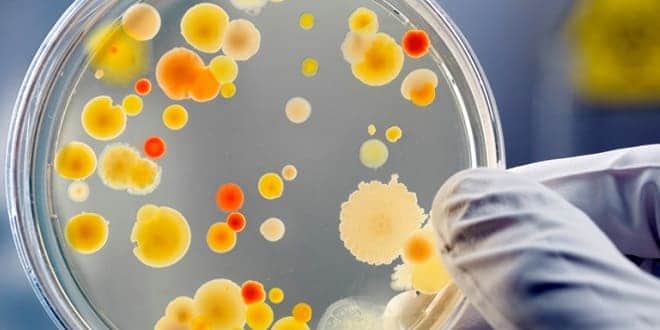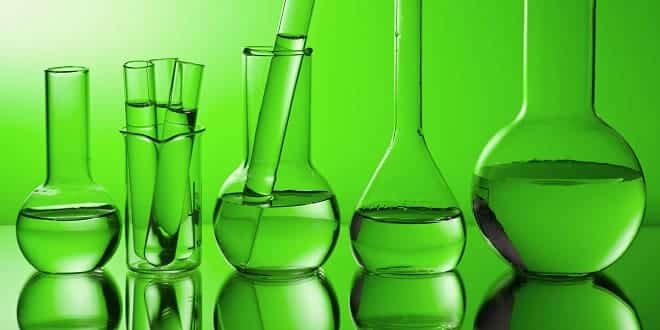Coliform Analysis in Water / Membrane Filtration
General introduction:
Membrane filtration systems are especially used when the sample like drinking water or fruit j uices which can easily pass through the filter and contain really small amount of microorganisms less than 1 CFU/ ml.
About coliform bacteria and why do we do this test:
Coliform bacteria are present in the environment and feces of all warm-blooded animals and humans. Coliform bacteria are unlikely to cause illness. However, their presence in drinking water indicates that disease-causing organisms (pathogens) could be in the water system. Most pathogens that can contaminate water supplies come from the feces of humans or animals. Testing drinking water for all possible pathogens is complex, time-consuming, and expensive. It is easy and inexpensive to test for coliform bacteria. If testing detects coliform bacteria in a water sample, water services search for the source of contamination and restore safe drinking water. There are three groups of coliform bacteria. Each is an indicator of drinking water quality and each has a different level of risk. Total coliform is a large collection of different kinds of bacteria. Fecal coliform are types of total coliform that exist in feces. E. coli is a subgroup of fecal coliform. Labs test drinking water samples for total coliform. If total coliform is present, the lab also tests the sample for fecal coliform or E. coli, depending on the lab testing method. Total coliform bacteria are common in the environment (soil or vegetation) and are generally harmless. If a lab detects only total coliform bacteria in drinking water, the source is probably environmental and fecal contamination is unlikely. However, if environmental contamination can enter the system, pathogens could get in, too. It is important to find and resolve the source of the contamination. Fecal coliform bacteria are a subgroup of total coliform bacteria. They exist in the intestines and feces of people and animals. The presence of fecal coliform in a drinking water sample often indicates recent fecal contamination. That means there is a greater risk that pathogens are present. E. coli is a subgroup of the fecal coliform group. Most E. coli bacteria are harmless and exist in the intestines of people and warm-blooded animals. However, some strains can cause illness. The presence of E. coli in a drinking water sample usually indicates recent fecal contamination. That means there is a greater risk that pathogens are present. Note: E. coli outbreaks receive a lot of media coverage. A specific strain of E.coli bacteria known as E. coli O157:H7 causes most of those outbreaks. When a drinking water sample is reported as “E. coli present,” it does not mean that O157:H7 is present. However, it does indicate recent fecal contamination. Boiling or disinfecting contaminated drinking water destroys all forms of E. coli, including O157:H7.
…



